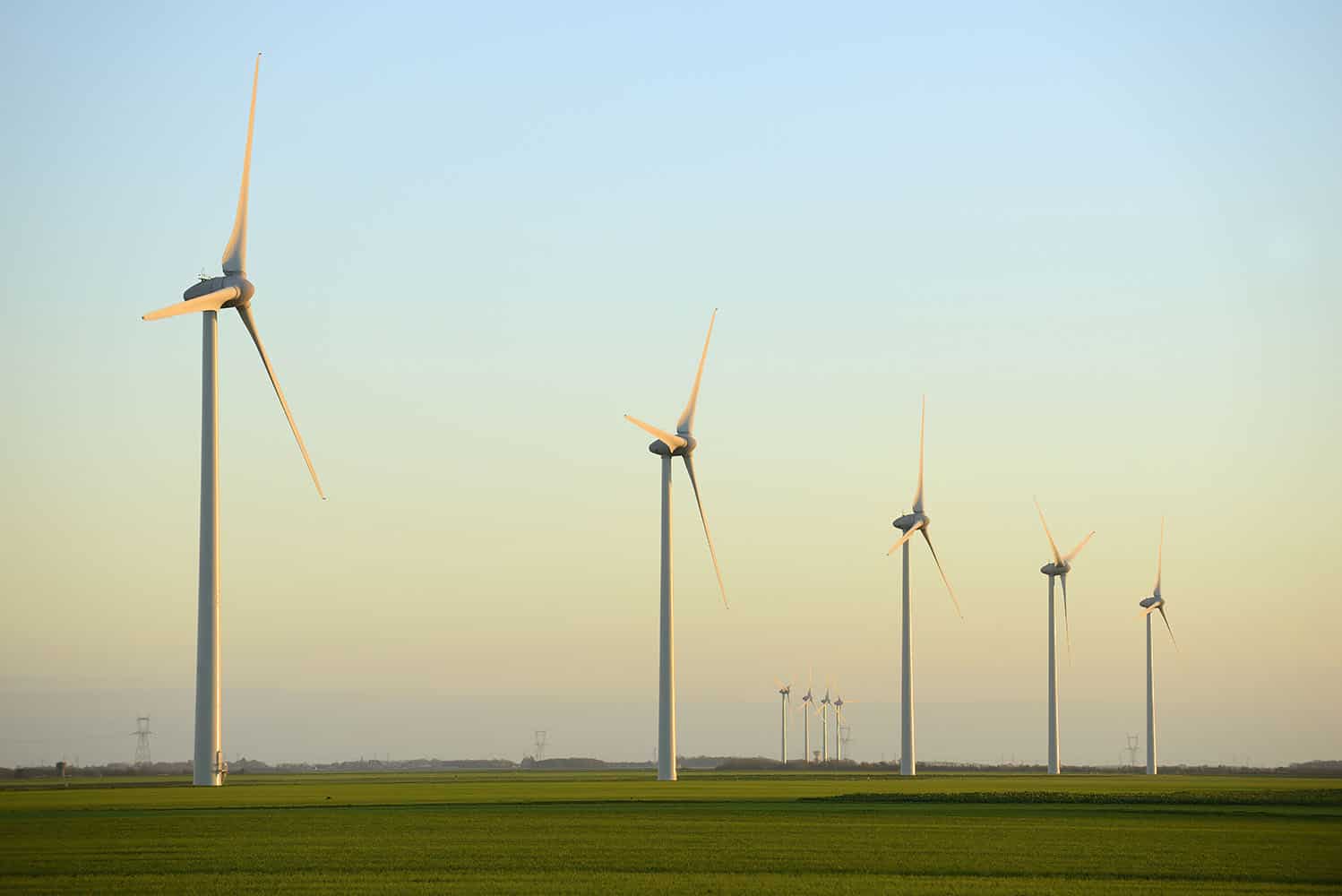We have supported Nordex wind farm development projects since 2003 through our involvement in developing the noise component of the environmental impact assessment package for its projects. This long-term partnership has developed throughout our collaboration on more than 50 projects all over france. Now is a great opportunity to look back on this special relationship and the way we operate.
All wind farm projects in France must meet particularly strict regulatory criteria, including the environmental impact study that acts as the basis for consideration of all applications to operate a wind power generating facility. The study is required to demonstrate that the project can be integrated sensitively into its environment, and that the potential impacts of the future wind farm are both managed and controlled.
Noise pollution is a major element of such an impact study. France has some of the most restrictive regulations in the world, requiring wind power projects to comply with a noise emission criterion based on residual noise: the base noise level prior to construction of the project, as measured at the dwellings closest to the future wind farm. A predictive acoustic impact study is then prepared as the basis for estimating the emergence levels (the difference in noise levels with and without wind generators in operation) and providing local authorities and communities with guarantees that the project will comply fully with all applicable rules once it becomes operational.
As acoustic engineers, our priority is to provide an objective and robust study that will enable the wind farm developer to prepare its operating strategy and strike precisely the right balance between power generation and regulatory compliance.
A standard study therefore includes pre-construction residual noise level measurements taken over several weeks, which will serve as the current benchmark level. There then follows the use of a predictive model to forecast the level of noise generated by the future wind turbines. Operating scenarios prepared in consultation with Nordex on the basis of reducing turbine noise levels in different weather conditions are then studied to ensure that the project complies fully with all regulations.
As these projects have advanced, so we have been able to develop our techniques in a number of ways: examples include systematic preliminary visits to all study areas before beginning any campaign to measure the initial noise landscape. The purpose of such visits is to identify the most representative measurement locations and to agree arrangements with local residents before installing our sensors.
The relationship between Nordex and Sixense is much more of a partnership than simply a customer/supplier relationship. The long-term involvement of Sixense in our projects and its excellent understanding of wind farm noise gained from practical experience in the industry mean that Nordex can be certain that the acoustic studies it includes in the impact assessments for its development projects are both robust and comprehensive. The primary goal of the acoustic study is its acceptance by the regulatory authorities, and the feedback we have received from these authorities tells us that the studies produced by Sixense are appreciated not only for their technical and scientific content, but also for their clarity.
As a wind farm developer rather than an operator, it’s important that Nordex obtains the most reliable acoustic measurement results in order to estimate how wind farms should be operated to maximum advantage. So we have to anticipate the possible noise reduction measures to be applied prior to their commissioning. In practice, these noise emission reductions impact the generating output of the project. These issues are relevant, because it is important that the customer ultimately responsible for operating the wind farm has no nasty surprises as a result of underestimating the impacts of the project, at the same time as avoiding the pitfall of devaluing a project by overestimating the risks involved and recommending excessively stringent constraints that will negatively affect the forecast generating output.
From our prospective as a wind turbine manufacturer, the expertise and involvement of Sixense helps us to develop our wind turbines in ways that can take maximum advantage of the operating conditions recommended by Sixense. The issues around the specific impact of wind parks during the particularly sensitive evening period can now be effectively addressed by the wind turbines we produce. In return, our special expertise as a turbine and wind farm developer undoubtedly helps Sixense to continuously improve its knowledge of wind energy technology and related issues.
Quentin Crespel, Acoustics Expert at Nordex France SAS


